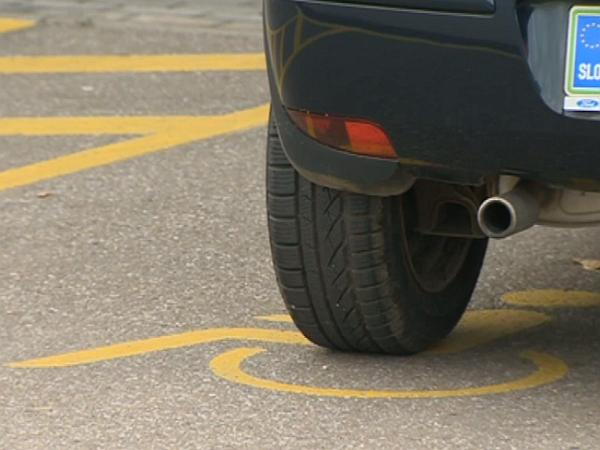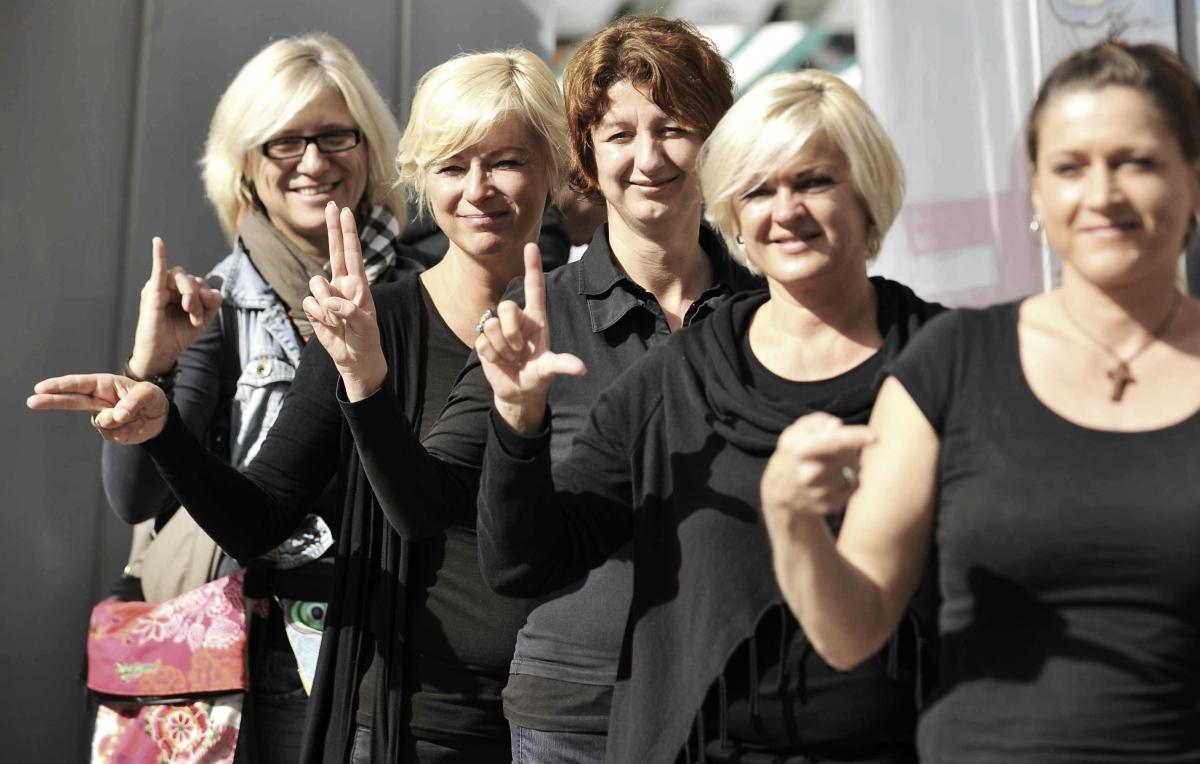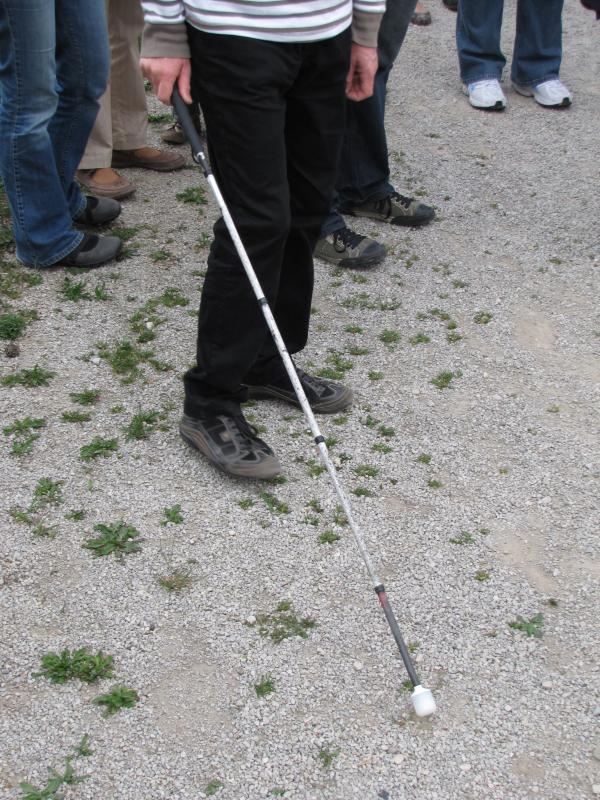


The United Nations in 1992 proclaimed December 3 as the International Day of People with Disabilities in order to encourage better understanding of the problems arising from disability, the basic rights of the disabled persons, and their social integration.
The right to full and equal integration and cooperation within the society is included in the convention on rights of disabled persons, ratified by Slovenia in 2008.
According to reports by the Slovenian Statistical Office, 12 to 13% of the inhabitants of Slovenia are disabled, and this September they present more than 30,800 of the active population. In October more than 17,500 disabled persons were registered among the unemployed.
The awareness that a disabled person is equal and equivalent member of the society, who can contribute his strength and enrich political, social, economic and cultural life, is still weak according to the report of Liana Buršič, Radio Slovenia journalist.
"Lately progress was made as far as physical environment is concerned. All the cities are becoming barrier-free, especially Ljubljana and Koper are worth mentioning. As far as the social environment is concerned, we are impatiently waiting for the financial and economic crisis to pass in order to allow us to start leading a normal social life," Boris Šuštaršič, President of the National Council of Disabled People's Association said for Radio Slovenija.
The Association of Societies of Blind and Partially Sighted of Slovenia warn that the employment of blind and partially sighted persons falls far behind the European standards. The community of deaf and hard of hearing draws attention to a number of deficiencies, mostly regarding the education process, as still not all deaf people have access to an interpreter, while those hard of hearing have been hindered for years by limited access to information, as the number of TV-shows with subtitles, or an interpreter, is still limited.
STA reported that the European statistical office Eurostat published that approximately 44 million people between the age of 15 and 64 are disabled, and based on certain indicators, i.e. labour market, educational system, and social integration, their situation is worse compared to persons without physical impairments.
Only one half of the disabled are employed
While the employment rate of the European citizens between the age of 15 and 64 is 66.9, the employment rate of the disabled is only 47.3.
The situation is similar also in the field of education, and lifelong learning. The integration rate of non-disabled persons into these systems three years ago was 9.8%, and for the disabled the rate was 6.9%.
The data given by the European statisticians for last year show that the degree of risk of poverty or social exclusion for people without physical impairments above 16 years of age was 21.4%, while for the disabled it was 29.9%.
In the 28 member states of the European Union in 2011 the rate of employment of disabled people between the age of 16 and 64 was the lowest in Hungary (23.7%), Ireland (29.8%), Bulgaria (30.7%), Romania (31.8%), Slovakia (31.9%) and Croatia (33%). It was the highest in Sweden (66.2%), Luxemburg (62.5%), Finland (60.8%) and Austria (60.3%). The employment rate of the disabled persons in Slovenia was 47%, i.e. just below the average in the European Union.
The disabled of Slovenia discriminated above average
The greatest discrepancy between the employment rate of non-disabled, and disabled persons was noticed in Hungary and the Netherlands (in both cases -37.4% percentage points), and the smallest in Luxemburg (-2.4 percentage points), in Sweden (-9.5 percentage points) and in France (-9.9 percentage points). The discrepancy in Slovenia was -21.4 percentage points (the EU average was -19.6 percentage points).
In 2013 the largest differences in risk of poverty or social exclusion were established in Bulgaria (the difference was +17.7 percentage point to the detriment of the disabled), Belgium (+17.7 percentage points), Lithuania (+16.3 percentage points), Estonia (+15.9 percentage points) and Great Britain (+15 percentage points). The smallest were in Greece (+2.3 percentage points), Spain (3.7 percentage points), Luxemburg (+4.3 percentage points) ad Italy (+4.4 percentage points). In Slovenia the difference was +11.2 percentage points (the average in the European Union was +8.5 percentage points).

































































